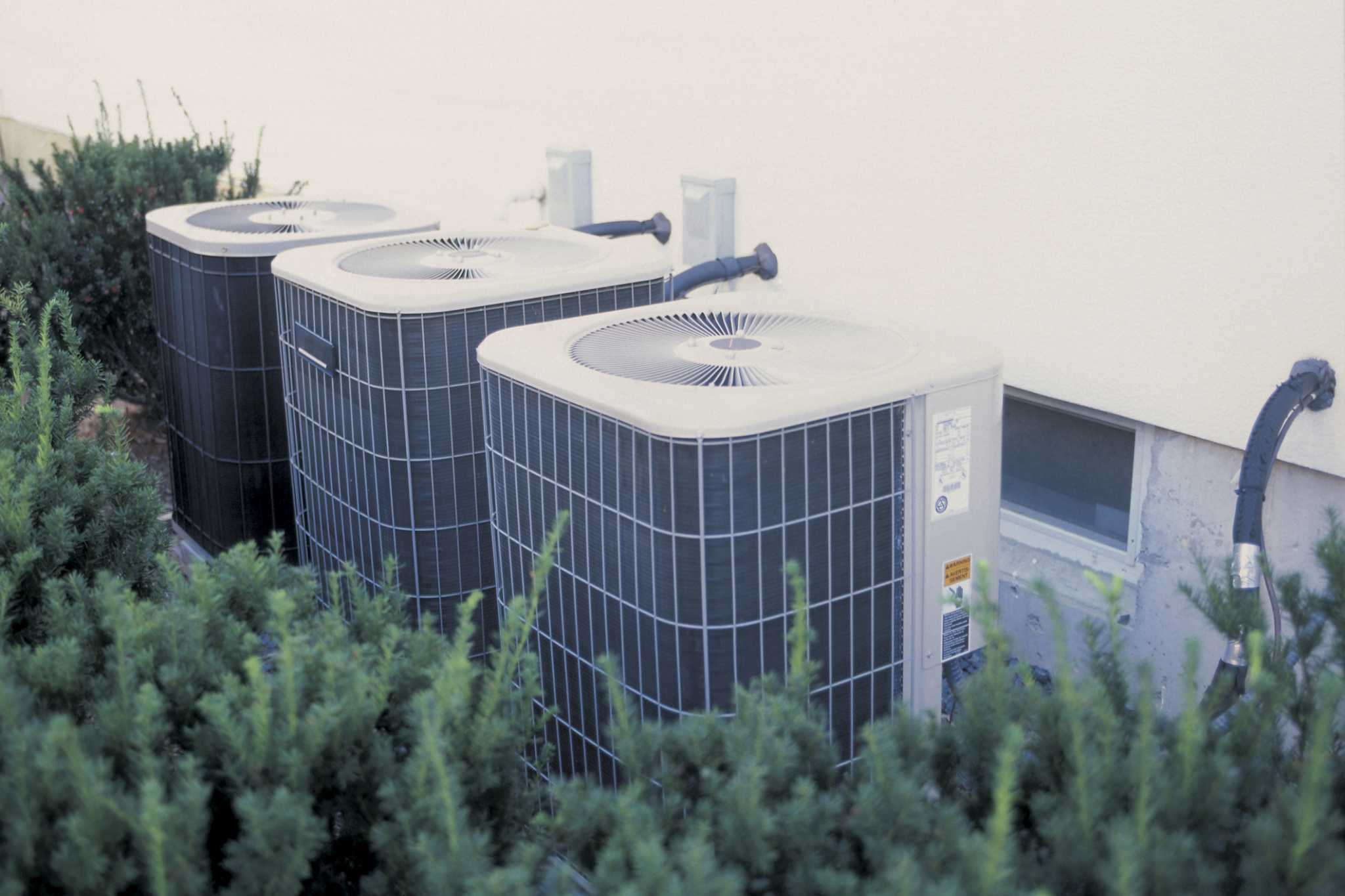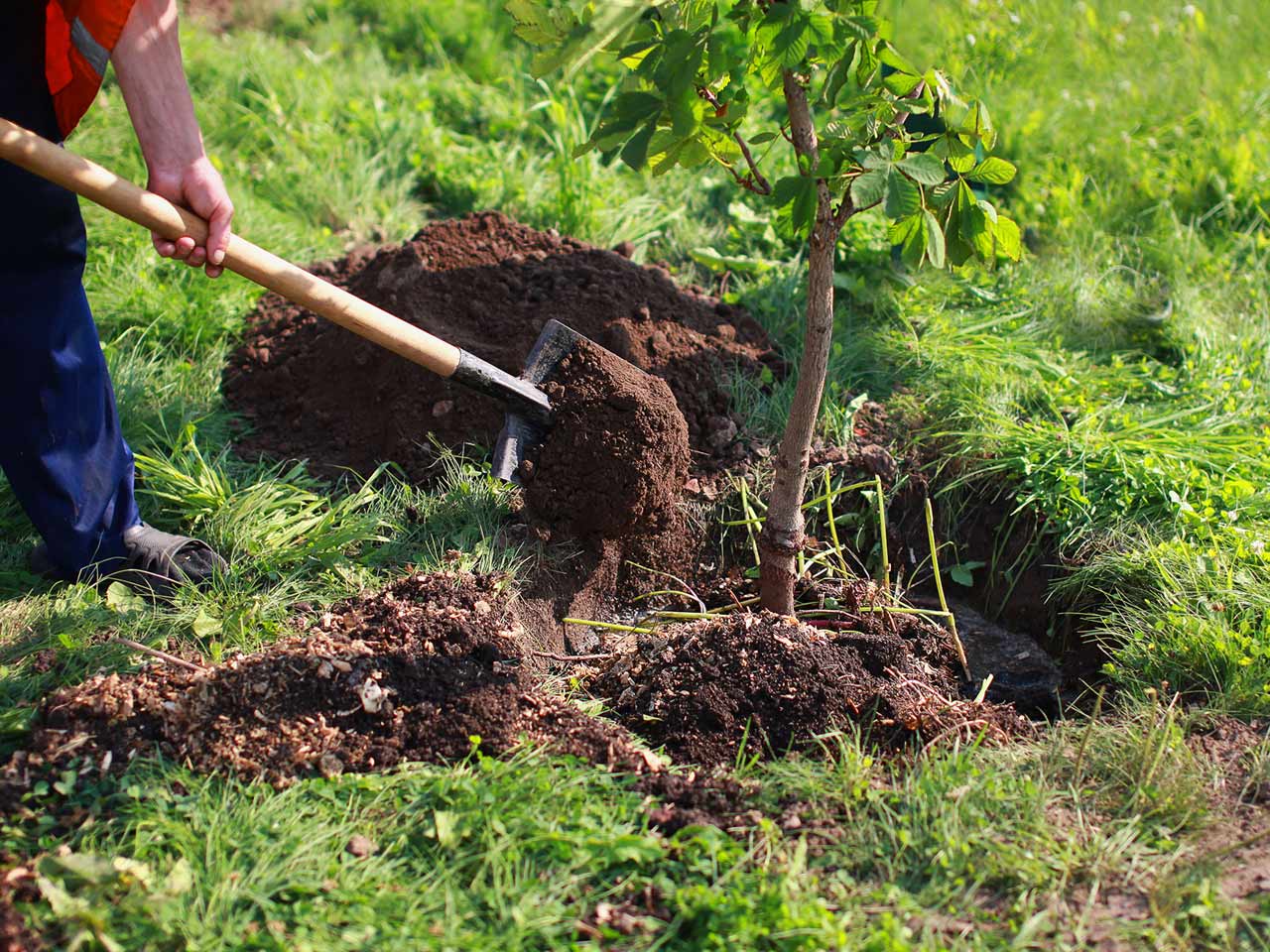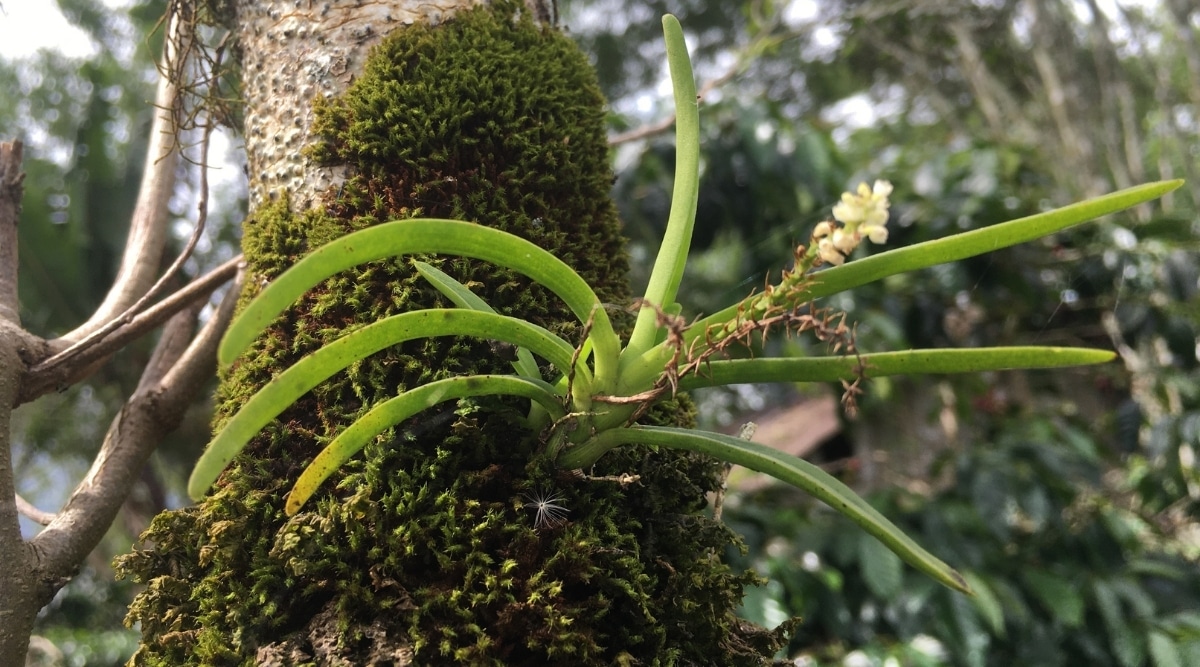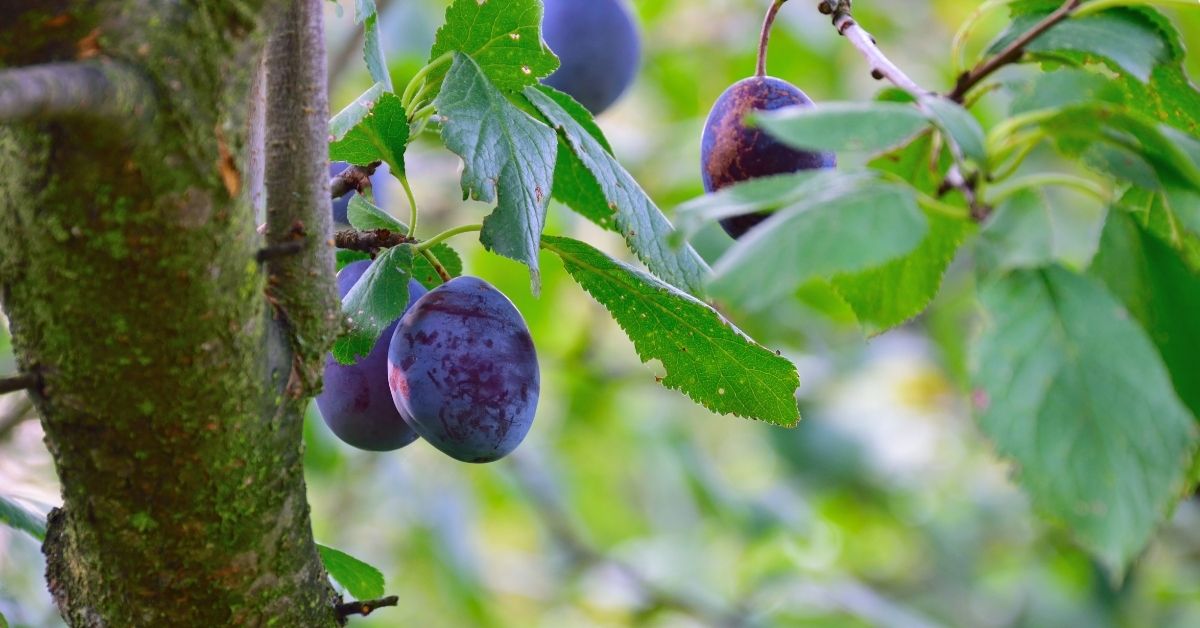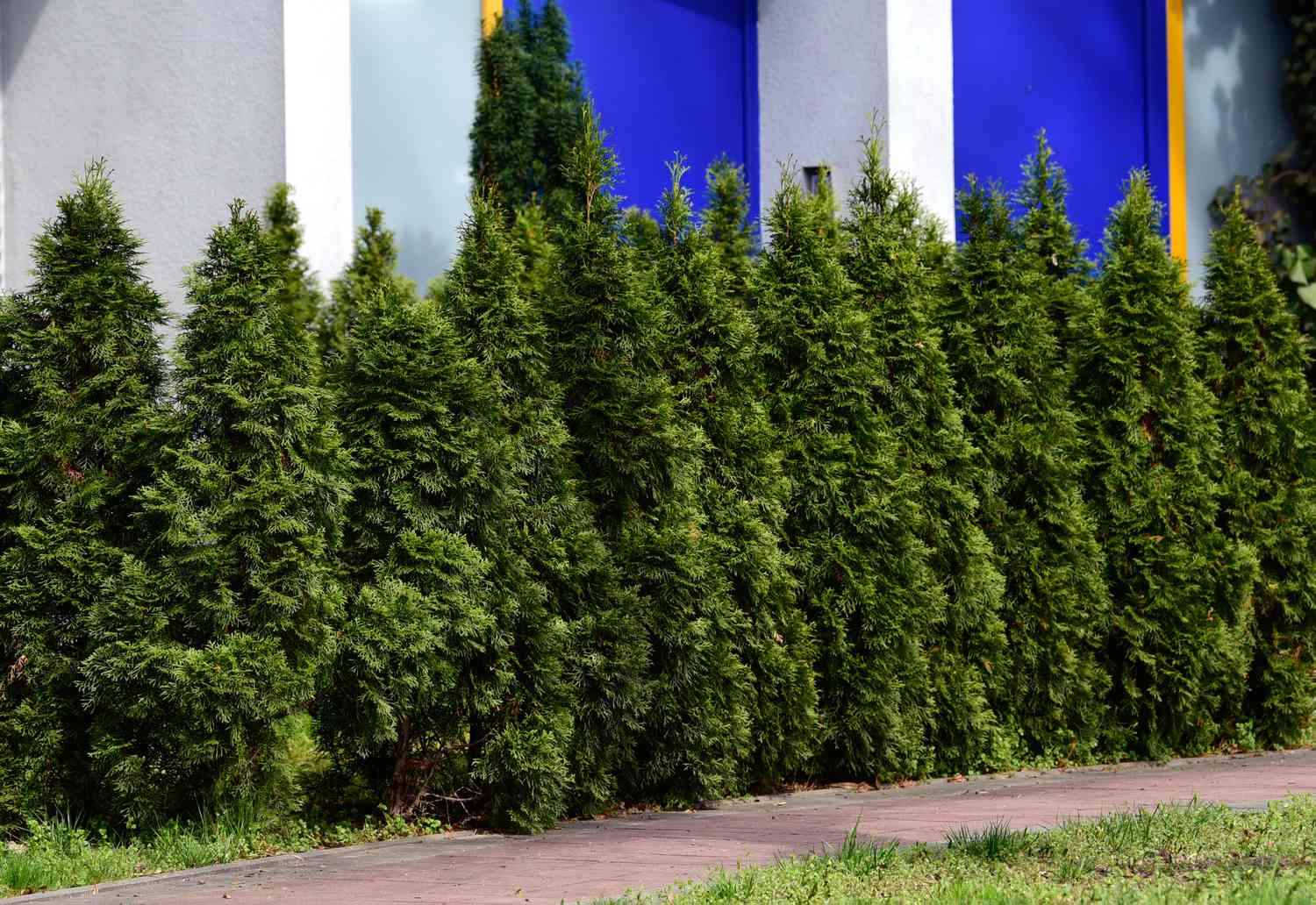Home>Garden Design>Planning Your Garden>How Far Apart To Plant Trees
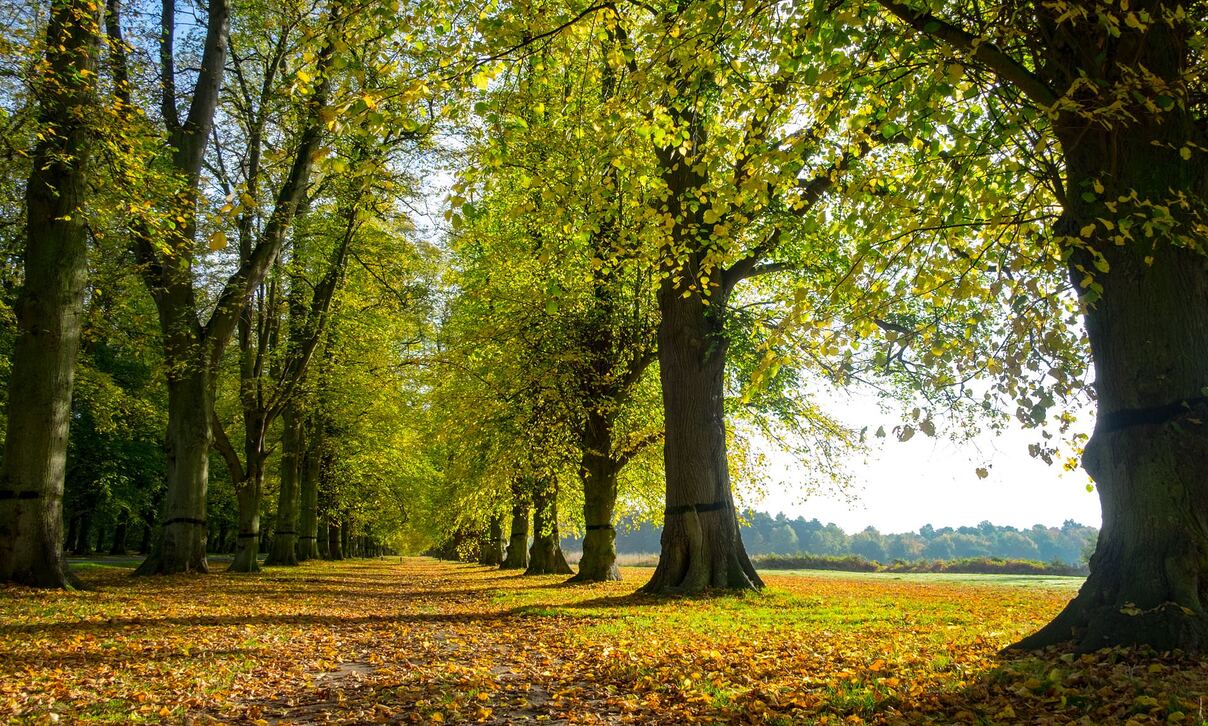

Planning Your Garden
How Far Apart To Plant Trees
Published: October 25, 2023
Learn the recommended spacing for planting trees in your garden and create an organized layout. Improve your garden planning with expert tips on tree placement and spacing.
(Many of the links in this article redirect to a specific reviewed product. Your purchase of these products through affiliate links helps to generate commission for Chicagolandgardening.com, at no extra cost. Learn more)
Table of Contents
Introduction
Welcome to the wonderful world of gardening! Whether you’re a seasoned green thumb or just starting to explore the joys of cultivating your own garden, planning is essential to ensure a successful and thriving space. One important aspect of garden planning is determining the optimal spacing for your trees.
Planting trees in your garden not only adds beauty and shade, but also provides numerous environmental benefits such as reducing air pollution, conserving energy, and attracting wildlife. However, it’s crucial to give careful consideration to the placement and spacing of your trees to ensure they have enough room to grow and thrive.
In this article, we will explore the factors to consider when planting trees and discuss the optimal spacing for different tree species. We will also delve into the benefits of proper tree spacing and the potential problems that may arise if trees are spaced incorrectly.
So grab your gardening gloves and let’s dive into the fascinating world of tree spacing!
Factors to Consider When Planting Trees
When it comes to planting trees, there are several important factors to consider. By taking these factors into account, you can ensure that your trees have the best chance of thriving in your garden. Let’s explore some of the key considerations:
- Tree Species: Different tree species have different growth patterns, sizes, and requirements. Consider the specific needs of the tree species you intend to plant. Some trees may require more space due to their mature size, while others may have shallow root systems that need room to spread out.
- Mature Size: It’s crucial to consider the mature size of the trees you want to plant. Determine the height and spread of the tree at its full growth. This information will help you gauge the spacing needed to accommodate its size without overcrowding neighboring plants or structures.
- Root System: Understanding the root system of the trees is vital to avoid potential problems down the line. Some trees have deep taproots, while others have extensive lateral root systems. Consider the root system’s spread to determine the appropriate spacing to prevent root competition and potential damage to nearby structures or utilities.
- Light Requirements: Trees have different light requirements, ranging from full sun to partial shade. Take into account the light conditions in your garden and ensure that the trees you choose are compatible with the available sunlight. Proper spacing between trees can prevent shading and ensure each tree receives adequate sunlight.
- Site Conditions: Assess your garden’s soil type, drainage, and microclimates. Some tree species may thrive in moist soils, while others require well-drained soil. Consider the specific site conditions and choose trees that are suitable for those conditions. Proper spacing can also promote good airflow and reduce the risk of disease or pest infestations.
- Future Growth: It’s important to anticipate the future growth of your trees when planning their spacing. Account for the potential increase in size over time and leave ample room for the trees to spread their branches and develop a healthy canopy.
By carefully considering these factors, you can establish the optimal spacing for your trees and create a harmonious and sustainable garden environment.
Optimal Spacing for Different Tree Species
When it comes to determining the optimal spacing for different tree species, it’s important to consider their specific growth characteristics, canopy spread, and future size. While there are no hard and fast rules for spacing, here are some general guidelines to help you plan:
- Large Trees: Large tree species like oak, maple, and pine typically require ample space to reach their full potential. A spacing of 30 to 50 feet between trees is often recommended to allow for healthy growth and development.
- Medium Trees: Medium-sized trees like dogwood, redbud, and crabapple usually have a less extensive spread than large trees. For these species, a spacing of 15 to 25 feet may be appropriate, depending on their mature size.
- Small Trees: Small trees, such as Japanese maple, flowering cherry, and serviceberry, require less space and can be planted closer together. A spacing of 10 to 15 feet allows for a visually appealing arrangement while still allowing sufficient room for growth.
- Ornamental Trees: Ornamental trees, like flowering magnolias or weeping willows, are often planted for their aesthetic appeal and unique characteristics. These trees can have varying spacing recommendations, so it’s important to research the specific species and consult gardening resources for guidance.
- Windbreak Trees: If you are planting trees for windbreak purposes, such as for privacy or to protect against strong winds, closer spacing may be necessary. However, it’s still essential to consider the mature size and growth habit of the trees to ensure they form a solid, protective barrier.
- Understory Trees: Understory trees, which grow beneath the canopy of larger trees, can be planted closer together since they receive partial shade. Spacing can range from 5 to 10 feet, depending on the specific species.
Remember that these spacing recommendations are general guidelines, and it’s essential to take into account the unique characteristics and requirements of each tree species. Additionally, consider the available space in your garden, the desired aesthetic, and any specific design goals you may have.
By planting trees with the appropriate spacing, you can create a visually appealing and healthy landscape that allows each tree to thrive.
Benefits of Proper Tree Spacing
Proper tree spacing in your garden offers a multitude of benefits, both for the trees themselves and for the overall health and aesthetics of your outdoor space. Let’s explore some of the key advantages of planting trees with adequate spacing:
- Healthy Growth: By providing enough space between trees, you allow them to grow and develop without competition for resources. They can spread their roots and branches, accessing sunlight, water, and nutrients more effectively, promoting strong and healthy growth.
- Air Circulation: Proper tree spacing ensures good airflow throughout your garden. This helps to prevent the buildup of moisture and reduces the risk of fungal diseases or other plant health issues. Well-spaced trees also enable better circulation of oxygen, contributing to a healthier environment.
- Reduced Competition: When trees are properly spaced, their roots do not have to compete for water and nutrients. This reduces the stress on individual trees and allows them to establish a robust root system, enhancing their ability to withstand adverse environmental conditions.
- Improved Aesthetics: By spacing trees appropriately, you can create a visually pleasing landscape. Each tree can showcase its unique form, shape, and foliage without overcrowding or overshadowing neighboring plants. The balanced arrangement of trees enhances the overall beauty and appeal of your garden.
- Prevention of Tree Diseases and Pests: Proper spacing aids in preventing the spread of diseases and pests. Adequate airflow and sunlight discourage the growth of fungal pathogens, while reduced crowding makes it more difficult for pests to infest and damage the trees.
- Safety and Property Protection: Planting trees with proper spacing helps to avoid potential hazards and damage to surrounding structures. Trees that are too close to buildings can cause structural problems, while those in close proximity to power lines may require frequent maintenance or pruning.
- Environmental Benefits: Well-placed trees contribute to a healthier environment. They provide shade, reducing heat island effect and lowering energy costs. Trees also absorb carbon dioxide, helping to mitigate climate change, and provide habitat for birds and other wildlife.
By giving careful attention to tree spacing, you can create an environment where your trees can flourish, bringing beauty, shade, and a host of environmental benefits to your garden.
Potential Problems with Improper Tree Spacing
Planting trees with improper spacing can lead to a range of issues that can impact the health and vigor of your garden. It’s important to understand and address these potential problems to ensure the long-term success of your trees. Here are some common issues that can arise from improper tree spacing:
- Competition for Resources: When trees are planted too close together, they often compete for essential resources such as sunlight, water, and nutrients. This can result in stunted growth, weakened immune systems, and increased vulnerability to diseases and pests.
- Restricted Airflow: When trees are crowded, airflow is restricted, creating a stagnant and humid environment. This can promote the development of fungal diseases, such as powdery mildew and leaf spot, which thrive in damp conditions.
- Overcrowding: Trees that are planted too closely together can become overcrowded as they mature and their canopy expands. This can lead to shading of lower branches and create a dense, tangled canopy. Overcrowded trees may also struggle to develop a healthy and balanced form.
- Poor Maintenance Access: Improper tree spacing can make it challenging to access and maintain individual trees. Pruning, fertilizing, and conducting routine inspections may become difficult if trees are too close together. This can hinder proper tree care and increase the risk of unchecked disease or structural issues.
- Structural Damage: When trees are planted too close to buildings, fences, or other structures, their roots and branches can cause damage over time. As the tree grows, the roots may disrupt foundations, underground pipes, or sidewalks. Overhanging branches can also pose a risk of damage during storms or high winds.
- Unattractive Landscape: Inadequate tree spacing can result in a cluttered and unattractive landscape. Overcrowded trees with intertwined branches can ruin the visual appeal and hinder the growth of other plants in the vicinity.
- Environmental Impact: Improper tree spacing can have negative environmental implications. Trees planted too close together may not receive adequate sunlight, impacting their ability to perform important functions such as carbon dioxide absorption and providing shade.
Avoiding these potential problems requires careful planning and consideration of the unique requirements of each tree species. By understanding the consequences of improper spacing, you can ensure that your trees have enough space to flourish and contribute positively to your garden environment.
Conclusion
Proper tree spacing is a fundamental aspect of garden planning and plays a vital role in the health, aesthetics, and overall success of your outdoor space. By considering factors such as tree species, mature size, root systems, light requirements, and site conditions, you can determine the optimal spacing for your trees.
Ensuring trees have enough space to grow and thrive offers numerous benefits. It promotes healthy growth, facilitates proper airflow and light penetration, reduces competition for resources, and helps prevent the spread of diseases and pests. Proper tree spacing also contributes to a visually appealing landscape, protects structures from damage, and provides environmental benefits such as shade, energy conservation, and wildlife habitat.
On the other hand, improper tree spacing can lead to problems such as competition for resources, restricted airflow, overcrowding, limited maintenance access, structural damage, unattractive landscapes, and environmental drawbacks.
When planning your garden and selecting trees, take into account the specific requirements and characteristics of each tree species. Consider their mature size, root systems, and light needs to determine the appropriate spacing. By doing so, you can create a harmonious and thriving garden that showcases the beauty and benefits of well-spaced trees.
So, whether you are planting towering oaks, flowering cherries, or graceful dogwoods, remember that proper tree spacing is key to their success. Take the time to research, plan, and consider all the factors involved to ensure the longevity and vibrancy of your treasured garden.

